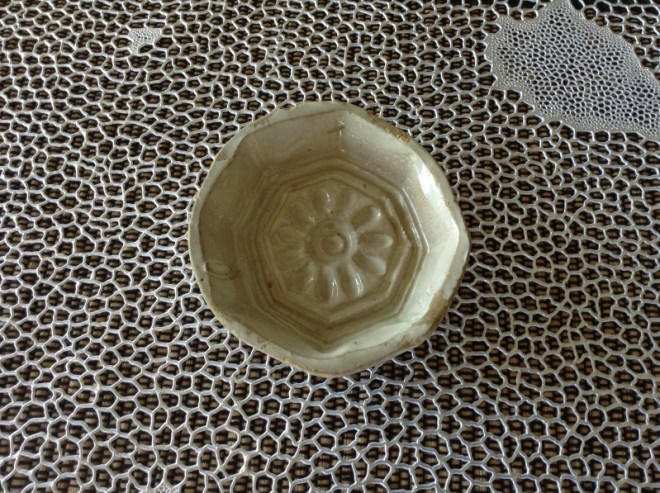And this is just some of the Autumn fruit (Victoria, Australia)! Last week, I bought two other types of my favourite autumn fruit, Figs and Persimmons.
The Prickly Pears were still around a few weeks ago.

This week, I bought the Quinces from the Queen Victoria Market, the Pomegranates were dropped off by one of my friends and the next day another friend and neighbour left a bag of the Feijoas (the egg-sized green fruit) and the Strawberry Guavas (the small, round deep magenta coloured fruit) on my doorstep. All things considered, it was not a bad week.

I am familiar with all of the fruit except the Strawberry Guavas, soft fruit that taste like strawberries and roses and as aromatic as the Feijoas, that I also love. I first ate Feijoas in New Zealand.
I like to eat these two fruit just as they are.

Pomegranates are fairly well established in Australia and the ruby moist seeds can be just popped in your mouth to eat, or to juice or use raw in cold food or in cooking, from savoury to sweet dishes.

Persimmons can also be used in cuisine in savoury and sweet dishes, but once again I just like them as they are – both the vanilla variety or the squashy ones.

The Quinces are cooked, although I must admit that I also like to nibble on raw Quinces when I cut them to cook. Once again, Quinces are used in both savoury and sweet dishes. Cotognata (quince paste) and Quince jelly are pretty common in Australia but they are mostly eaten baked.

For someone who writes recipes, i never follow recipes. I get inspired by recipes and then do my own thing, so every time I bake Quinces I do something different.
However, some components are important.
Sweetening is important so I may use sugar, honey, jam or jelly.
I use some sort of acid – wine, oranges, limes or lemons.
Partly finished bottles of alcoholic beverages get drained in there at times, this could be all types of liqueurs, spirits, or wine and sprit based aperitivi (aperitifs) or digestivi (digestives).
Flavourings, like cinnamon or mace bark, star anise, cloves, fennel seeds, bayleaves, black peppercorns. Use water as well as wine – the proportions are up to you.

In this batch I used water, white wine, Fejoia jelly (a friend made and I had in my pantry for a while), cinnamon, star anise, cloves, lemon slices and bay leaves.

Scrub the Quinces first, then quarter them. I do not remove anything – I leave the seeds, membranes and the skins – these miraculously transform the juice into jelly. The liquid should come up to half way up the fruit because they are cooked for along time – 2 hours at 170C. I covered the fruit with foil and took it off about 15 minutes before finishing time.

This is the result, and I can assure you that the fragrant smell will linger for days in your kitchen.

More recipes for Quinces:
AUTUMN FRUIT Cumquats (Kumquats) and Quinces







